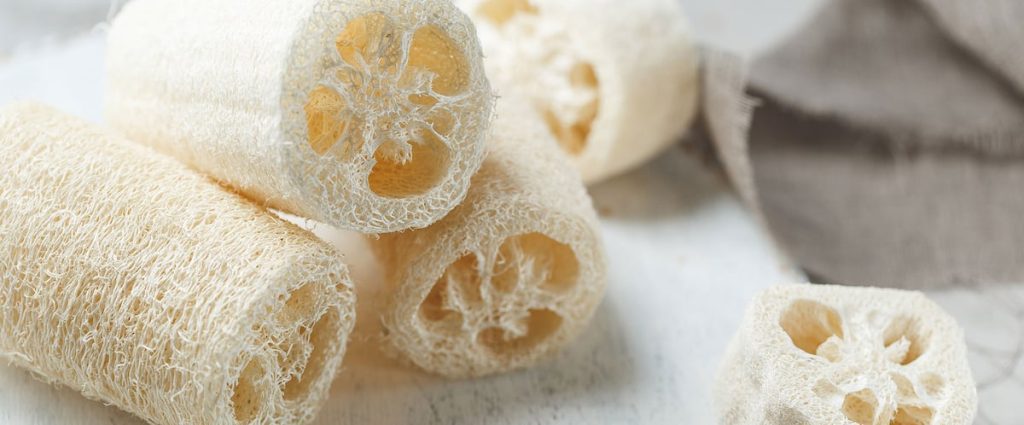
Natural sponges derived from loofahs are popular for cleansing and exfoliating the face and body, or even for home use, but they can also be a new source of green energy. Chinese researchers have worked on this topic, suggesting that these sponges can generate enough electricity to power LEDs.
• Also Read: Scientists have identified a tree that has been extinct for two centuries
Loofah, also found spelled loofah or sponge gourd, is a climbing plant most commonly found in Asia and Africa, the fruits of which are used as vegetable sponges. But while many scientists are working on solutions to generate sustainable energy without harming the planet, the loofah is being given a new function. New research led by researchers at Peking University reveals the full potential of these sponges to generate electricity to power small devices.
Published in the journal Proceedings of the National Academy of Sciences (PNAS), the work is based on flexoelectricity, a physical phenomenon that occurs when certain materials — here loofah — are subjected to stress. When subjected to this stress, the flexoelectric material is said to respond by generating an electrical charge. Chinese researchers have experimented with this by modifying the structure of a natural sponge derived from loofah so that it generates enough energy to power light-emitting diodes.
“When a 6-millimeter-thick piece of this sponge was crushed by hand, it produced up to 8 nanoamps of electricity. Placed in an electrical circuit equipped with capacitors capable of storing the energy of several crushes, the sponge was able to briefly power six LED lamps,” the magazine explains. A new scientist It relays the conclusions of this study. For their part, the researchers are happy: “The developments we report are a prototype for green and flexible sensors and energy collectors with the special advantages of lightness, low cost and full biodegradability”, we can read in PNAS.
It remains to be seen how much energy can be generated from these sponges, known for their natural nature, biodegradability and benefits to the skin. According to the study, it’s powering very small electrical devices – only for the current. “To charge a cell phone, you need a big loofah sponge, which is not very practical right now. But if someone can make an artificial loofah by mimicking its microstructure, chemical properties and physical properties, then we can grow. [la quantité d’électricité produite]. It can inspire other designs,” explains Jianqiang Wang, one of the lead authors of the paper. A new scientist.
While loofah is of interest to scientists today for producing green energy, it is not the only solution currently being considered. Chinese researchers recently demonstrated a device that generates energy from raindrops, while a team from the Istituto Italiano di Tecnologia (IIT) has developed a fully edible rechargeable battery.





More Stories
Sportswear: Lolle acquires Louis Garneau Sports
REM is still innovative enough to foot the bill
A trip to the restaurant with no regrets for these customers